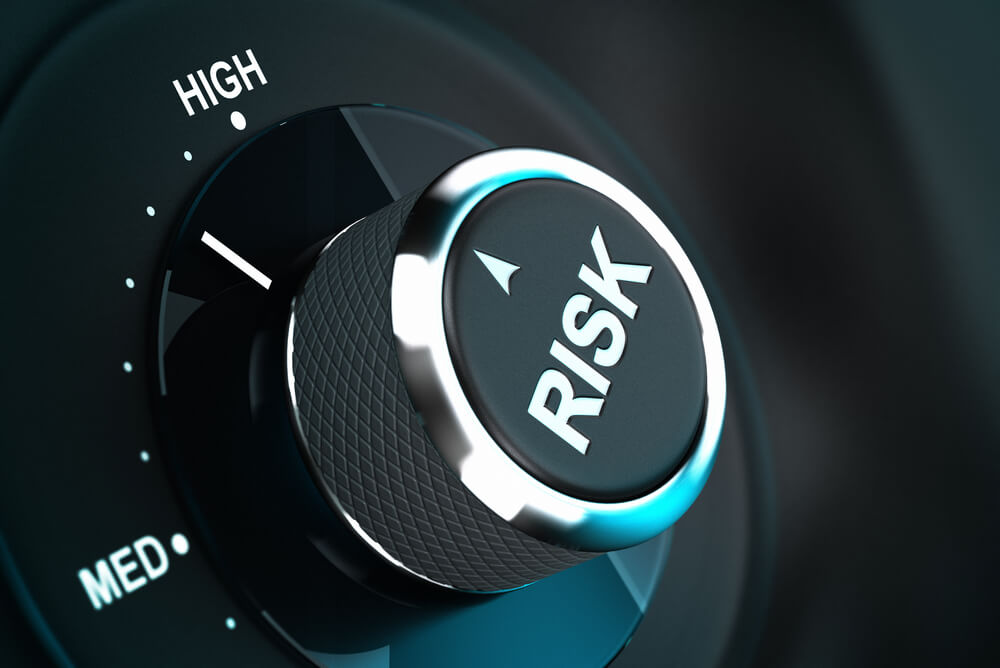What Are High-Risk Businesses and High-Risk Products?

High-risk businesses aren’t necessarily “bad” business. On the contrary, if handled right, high-risk business can mean high profits for the bank, processors and the merchants themselves.
High-risk merchants actually get superior access to global markets and unlimited processing. If we look at what makes you high-risk, you can see where to mitigate the drawbacks and maximize the returns of that designation.
Why are some businesses labeled high-risk?
Numerous factors qualify a merchant as “high-risk.” While a merchant can be identified as high-risk due to the nature of his or her business and/or clientele, they can also put this label on themselves with poor business practices. However, banks assess risk from four main factors: your industry, your company, your billing model and your processing volume.
1. Your Industry
Banks look at the processing history of all businesses in your vertical: how many refunds/chargebacks, how much fraud, etc. Particularly if you’re new to the business, your industry’s average gives banks a baseline for how much risk they can expect from you processing through them. These assessments by vertical are known as “Merchant Categories” and are identified by merchant category codes or MCCs. You can find your industry its respective code, and risk designation on our Merchant Category Code Reference.
2. Your Financials
Whether you’ve been operating in your vertical or any other, the banks will have a look at you. After all, the merchant account is undersigned by you and not by your business entity, so that’s the history they look at. They’ll also look at your current business’ position: debt to equity, your burn rate, and your overall profitability, etc. In this regard, it’s much the same as when you apply for a line of credit; they look at both you and your business.
3. Your Billing Model
The banks will also want to know about the kind of transactions you’ll be processing. Card-present transactions are lowest in risk while card-not-present (CNP) transactions get progressively riskier. Subscriptions or recurring billing are considered some of the highest risk. Annual billing is of particular interest to the banks. In the case that you sell an annual package in January and go out of business in March, they’ll need a contingency to limit their liability.
4. Your Processing Volume
Banks, and especially card associations, are also interested in how much processing you’ll do. They have created a sliding scale of risk based on the number of annual transactions you send:
- Level 1: Over 6 million transactions (highest risk)
- Level 2: 1 million to 6 million
- Level 3: 20,000 to 1 million
- Level 4: Under 20,000 (lowest risk)
Again, like your financials, they look at all your businesses combined.
Other factors that can label your business high-risk
The manner in which you run your business might place you in the “high risk” category. Here are additional factors that make your business high-risk:
- Businesses that lost their last merchant account because of excessive chargebacks and are branded TMF (terminated merchant file)
- Businesses with little or no credit card processing history
- Poor credit history
- Businesses operating abroad or with countries that have a high chargeback risk (almost everywhere except the US, Canada, European Union, Australia, South Korea, Japan, and Singapore)
- Multi-currency businesses
There are a limited number of banks that specialize in high-risk business accounts for these. The contracts and fees of these businesses are even more rigorous.
What are the high-risk products?
As explained above, the products and services a business offers is one of the most important factors that place it in a high-risk category. Products and industries that are automatically flagged as high-risk by processors include:
- Online gambling, casinos, and gaming
- Telemarketing, VOIP, calling cards
- Online medication providers, pharmaceuticals, drug stores
- Adult entertainment (materials, products, or services), dating services
- Accommodations, travel, airplane tickets, ticketing agents
- Cryptocurrencies or foreign exchange trading
- Magazines and other subscriptions
- E-cigarettes and timeshares
- Computer hardware and software
What being high-risk means
As you can see, the banks do a high degree of diligence to determine your risk profile, so heed their designation. They’re looking at empirical data on how and where you’re conducting business, so you don’t have much wiggle room. Ensure your billing model is optimum for your business. Try not to run too much debt. But more importantly, if you’re in a high-risk industry, you face that risk as much as the bank does.
What you can do
Make sure your processing is PCI-compliant and 3D Secure. 3DS basically means your payment service provider handles the authentication process. Always verify billing addresses and CVV codes in your gateway. Make sure you’re working with reliable and reputable merchant services. And of course, you should keep your chargeback ratios as low a possible through chargeback management.
High-risk merchants can’t undo their risk designation, but they can manage that risk responsibly. If you have any questions about how to better mitigate your risk profile, ChargebackHelp can help. We specialize in getting merchants the processing solutions they seek.
Drop us a chat down on the right, shoot us an email, or go old-school and call us 1.800.975.9905






